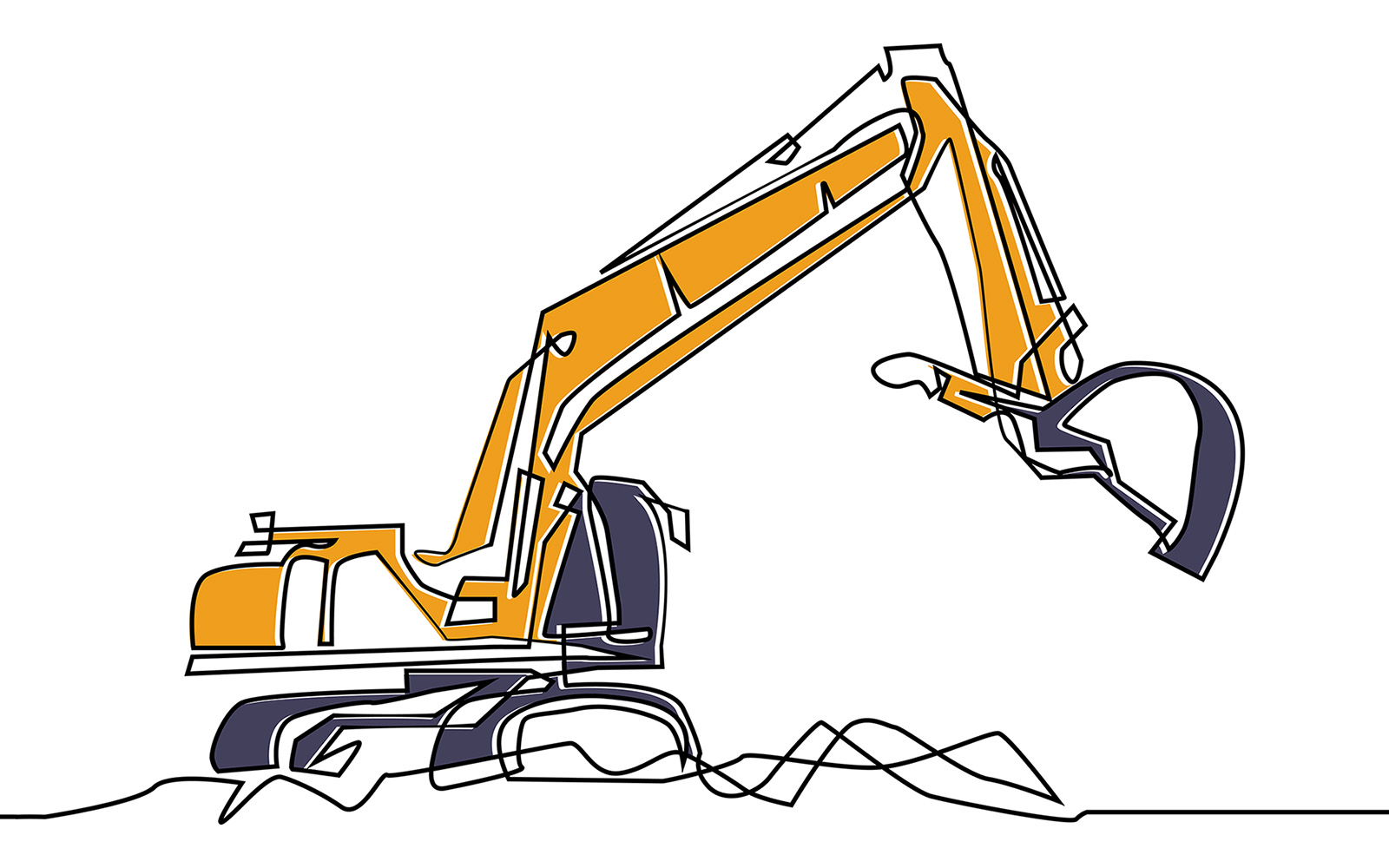Shape Up Part 3: Building
Published on April 3, 2024.Filed under Agile, Innovation, Product development.Written by Thibaut Van Spaandonck.


In the previous article, Shape Up Part 2: Betting, we discussed how Betting allows to make decisions about which projects to schedule for the next 6-week cycle.
In this article, we’ll give an overview of the principles of the third and last part of the Shape Up methodology: Building.
Hand Over Responsibility
- Assign projects, not tasks: instead of everybody getting disconnected pieces, we want the project to stay “whole” so we don’t lose the big picture. Plus, talented people don’t like being treated like ticket takers.
- Done means deployed: at the end of the cycle, the team will deploy their work. QA happens within the cycle and the announcement is made during the cool-down cycle.
- Getting oriented: the work in the first few days consists in figuring out how the current system works. This exploration needs to happen and asking for visible progress would hurt the project.
- Imagined VS discovered tasks: there’s an important difference between the tasks we think we need and the ones we discover we need in the course of doing real work.
Get One Piece Done
- Integrate one slice: front-end and back-end in parallel
- 3 criteria to think about when choosing what to build first:
- Core: core to the concept. Without it, other work wouldn’t mean anything.
- Small: be able to finish something meaningful in a few days.
- Novel: prefer the thing you’ve never done before to eliminate uncertainty.
Map The Scopes
- Organize by structure, not by person: not for designers or programmers, but for Food Menu, Venue Setup, ...
- Scope map: overview of the project, factored into scopes

- The language of the project: scopes are more than just slices, they are the language of the project, which is used to report status, etc.
- Discovering scopes: scope mapping isn’t planning, we need to walk the territory to draw the map. We don’t expect accurate scopes at the beginning, but after 1-2 weeks.
Show Progress
- Work is like a hill: every piece of work has 2 phases:
- Uphill phase: figuring out what our approach is and what we’re going to do
- Downhill phase: execution

- Putting tasks on such a graph allows management to see the progress at any time, without asking
Decide When to Stop
- Compare to baseline: instead of comparing against the ideal, compare down to baseline – the current reality for the customers. It’s switching from “never good enough” to “better than what they have now”.
- Limits motivates trade-offs: because of the six-week cycle that acts as a circuit breaker, it forces teams to make trade-offs. It’s switching from “wouldn’t it be better if…” to “is there time for this?”
- Scope grows like grass: rather than trying to stop scope from growing, give teams the tools, authority and responsibility to constantly cut it down
- Cutting scope isn’t lowering quality: making choices makes the product better at some things than others. It differentiates the product.
- Scope hammering: instead of talking about “cutting” scope, we use an even stronger word – hammering – to reflect that we have to keep banging the scope so it fits in the time box
- “Is this a must have?”
- “Could we ship without this?”
- “How likely is this case to occur?”
- …
- When to extend a project: in very rare cases, we’ll extend a project by a couple of weeks.
- The outstanding tasks must be true must-haves that withstood every attempt to scope hammer them.
- The outstanding work must be all downhill. No unsolved problems.
Conclusion
This article concludes the Shape Up series, a methodology that we believe is much better suited to software product development than Scrum.
It may take some thought and experimentation to adopt it, and you can start by adopting a few key concepts one at a time. Here’s a list of these concepts:
- Shaped vs unshaped work
- Setting appetites instead of estimates
- Designing at the right level of abstraction
- Concepting with breadboards and fat marker sketches
- Making bets with a capped downside (the circuit breaker) and honoring them with uninterrupted time
- Choosing the right cycle length (six weeks)
- A cool-down period between cycles
- Breaking projects apart into scopes
- Downhill versus uphill work and communicating about unknowns
- Scope hammering to separate must-haves from nice-to-haves
And make sure to have a look at the free online Shape Up book!
Wishing you lots of success!



